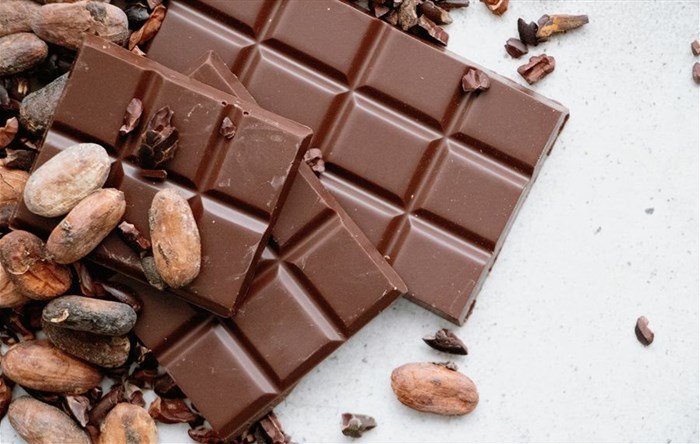Chocolate prices continue to rise

Consequently, the price of chocolate which is the most popular and the largest byproduct of cocoa processing is rising. However, indications are that the upward price adjustment will be gradual given the magnitude of the increase at commodity level due to a need to avoid a potential demand shock. Further, consideration of consumer inflation, elevated interest rates, and subdued global economic growth are crucial in navigating pricing during these crucial times.
Domestically, the average price of a chocolate slab (80 grams) was R22.48 in February 2024 which is up by 4.3% month-on-month and almost 17% higher year-on-year. Similarly, a chocolate bar costs on average R14.14 which is 7% higher year-on-year.
At commodity level, Ivory Coast cocoa shipments for the past six months were reported down by 28% year-on-year at 1.3 million tonnes. Ivory Coast’s 2023/24 cocoa production which ends in September 2024 is forecast to contract by a whopping 22% year-on-year to an 8-year low of 1.75 million tonnes according to the trader Ecom Agroindustrial. In Ghana, the 2023/24 cocoa harvest will reach a 22-year low of 422,500 tonnes to 425,000 tonnes largely due to disease outbreaks and unfavourable weather conditions.
Globally, the International Cocoa Organization’s (ICO) first forecasts for the 2023/24 cocoa year indicated that supply would fall by 11% year-on-year to 4.45 million tonnes. Surging cocoa prices will thus cut demand by 5% year-on-year to 4.78 million tonnes. However, the recent forecasts of a quick transition from the El Nino weather pattern to La Nina for the year ahead bodes well for a potential recovery in output in some of the producing areas.
This means we might see a price correction when the supply and demand come back into balance next year. Hopefully, the elevated prices will encourage reinvestment in primary production to avoid huge fluctuations in supplies. And the consequent price response.
Nonetheless, a sustained upside in cocoa prices will not only hurt demand but also accelerate the shift to alternative products.
Related
US tariffs: The potential fallout for smallholder farmers in South Africa 19 hours Citrus export volumes set to rise 3.6% in 2025, but risks remain 1 day SA's red meat industry sets sights on 2030 success with new strategy 1 day Tanzania lifts agricultural import ban on South Africa, Malawi 1 day Foot and mouth disease outbreaks traced to auction in KZN 24 Apr 2025 Over 500 small-scale farmers graduate through KAL Academy 22 Apr 2025

























